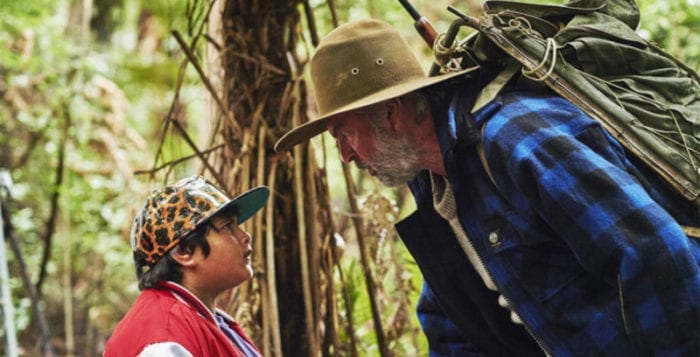By Daniel Dunaief
Diamonds may not only be a girl’s best friend, they may also be important for doctors, particularly those using radiation to treat cancer patients.
Erik Muller, a principal investigator and adjunct professor in the Department of Materials Science and Chemical Engineering at Stony Brook University, recently demonstrated that a particular type of synthetic diamond can measure the flux, position and timing of radiation beams used in cancer therapies. His research seeks to adapt diamond detectors for use with an emerging type of therapy using high-energy protons and carbon ions. “There currently does not exist a technology which can precisely measure the flux, position and timing of these proton and carbon ion beams used in radiotherapy,” Muller explained.
The diamonds Muller and his team use are more pure than any natural diamond. They contain fewer than five parts per billion of nitrogen and less boron or other impurities. They are clear with no color. Nitrogen gives diamonds a yellow or brown color and acts as a charge trap, making natural diamond unsuitable for radiation detectors.
As an SBU postdoctoral researcher, Muller joined an effort at Brookhaven National Laboratory to investigate the use of diamond as an electron source. During that study, researchers found that diamond was a valuable X-ray detector. The success of that work led to the Department of Energy funding work to develop sensors for radiotherapy.
Diamonds can provide information that enable scientists to measure in real time the development of the beam.
Once diamond growers send the product to his lab, Muller and his team screen for a defect that can lead to unwanted hot spots in the detector response to X-rays. When Muller’s lab receives the diamonds, they look like small square pieces of glass. These diamonds are bread sliced into two to three pieces that are about half the thickness of a human hair.
Partners at the Center for Functional Nanomaterials at BNL prepare, characterize, etch and pattern the diamonds in the cleanroom. The Instrumentation Division at BNL provided custom electronics, circuit design, wire bonding and assembly. “The development of the detectors, particularly the pixellated diamond X-ray detector, would not be possible without the talent and expertise” in the Instrumentation Division, Muller explained.
Muller also lauded the contribution of the Stony Brook University students who worked on the diamond effort, including Mengjia Gaowei, Tianyi Zhou, Mengnan Zou and Wenxiang Ding. In preparing a proposal for the Department of Energy to improve beam diagnostics for particle therapy, Muller met Samuel Ryu, chair of the Department of Radiation Oncology and deputy director for clinical affairs at Stony Brook University’s Cancer Center. Ryu “expressed a strong interest in using these detectors for X-ray beam therapy and we have been pursuing that as well,” Muller said.
Ryu said the existing conventional detector, which measures radiation dosage, is “limited in some sense.” He likened the radiation detector to a thermometer. If a thermometer indicates that it’s 90 degrees, it may be 91 degrees, but the thermometer may not read the temperature with enough precision to indicate the exact temperature. Similarly, the diamond detector “will improve” the precision of the radiation dose measurement. The gap in the detection of the radiation dose has been like that for more than 100 years, Ryu said.
Ryu said the addition of the diamond to the detector should be commercialized and that he and Muller are “really trying to find out how we can use these detectors in the clinic.” Ryu said he doesn’t know the time frame for when this might become available in a radiation delivery system, but he would “like to see it as soon as possible.” Ryu and his staff meet regularly with Muller and his team to analyze the data and discuss how to proceed. He described Muller as “very open-minded” and indicated that it is a “very good collaboration.”
One of the challenges in taking this diamond discovery to the next step is to ensure that the software is robust and that it has enough redundancies to turn the beam off amid any contradictory readings. Before diamonds can become a part of these carbon or ion beam treatments, researchers need to demonstrate that the radiation itself won’t damage the diamond. While Muller doesn’t expect this to happen, he said he has to prove its viability.
In the bigger picture, Muller said he and the members of his lab spend considerable time understanding the physics of radiation sensing devices in high-radiation environments. “Diamond is a very promising material in this field for continued development and is our current focus,” he suggested. “In general, I am interested in any technique and material where we can understand how the structure affects the device function.”
Residents of South Setauket, Muller lives with his wife Yizhi Meng, an assistant professor in the Department of Materials Science and Chemical Engineering at Stony Brook, and their daughter, who is in primary school. Meng, who is a graduate of Ward Melville High School, develops drug delivery materials for breast cancer and osteosarcoma, a type of bone cancer. The couple met when they were graduate students at Cornell University. They shared an interest in photography. Meng uses Nikon cameras, while Muller prefers Canon. “There’s a funny rivalry between us,” Meng said.
As for his work, Muller is optimistic that it will have an application in radiation delivery. He believes he can address the engineering challenges and is “planning to continue the commercialization of these devices.” Meng is excited by the progress Muller has been making. Muller is “working with some really great people,” she said. “It’s really exciting.”















